



Ever had one of those days when you’re standing in line at a store, waiting for a sales assistant to help you find a product? You know the drill: waiting... waiting... and waiting! As an AI engineer, you start thinking, "Wait a minute—why don’t they just have an AI assistant to speed this up?"
But then, it hits you. AI Assistants are the future, and the secret to making them super efficient lies in one mysterious force. This is what RAG is.
RAG stands for Retrieval-Augmented Generation, and it's the ultimate behind-the-scenes technology that powers many AI assistants today.

Now, imagine my surprise when I discovered that RAG isn't just one thing— there are 25 different types of RAG! Yes, you read that right—25 flavors of RAG, each designed to solve specific problems and to handle user queries in unique ways. It's like an AI buffet, with each RAG offering a different solution to different problems, and trust me, there's something for everyone.
In this blog, we’ll take a whirlwind tour through this AI mall of RAGs, exploring 25 different types of RAG that can be your AI assistant's best friend. From the Agentic RAG to the Auto RAG, let's explore which one might just be your new favorite assistant. And don't worry, we promise this isn't just a techy lecture—we’re going full-on quirky!
So, let's take a short tour through the "Mall of RAG"!
“The guy who speaks bad about himself so that others don’t get a chance to.”
This type of RAG goes into the response it generates and looks for errors, corrects them, and generates the corrected output to the user. Basically, it performs a factual check before giving the output.
Pros: Fixes errors before they happen.
Cons: A bit of a perfectionist, can be slow.
Best for: Healthcare and finance—where a small error could cost big.
“The guy who preps up well before a meeting to present the un-demanded.”
This type of RAG understands the context and the need of the user and thus keeps what the user might ask next ready. It preemptively answers questions to save time and ensure user satisfaction.
Pros: Ready for any question, even before you ask it.
Cons: Always a step ahead, but sometimes doesn't get it quite right.
Best for: Time-sensitive platforms like customer service (think Amazon) where speed matters.
“The Understanding SIBLING RAG, who cares for you, grows up with you and suggests the best for you.”
This RAG grows with every interaction you have in the form of a query. With each interaction, it tries to understand the user more and make responses more explicit. It doesn’t update, but it evolves.
Pros: Grows with every interaction, learns your needs.
Cons: Doesn't update but evolves with time.
Best for: McDonald's self-order systems, always suggesting that extra portion of fries.
“The obedient employee who takes the feedback to improve.”
This type of RAG learns from user interactions. When the user points out what's wrong, it takes that feedback to improve future responses.
Pros: Learns from user feedback and improves.
Cons: Might get carried away, focusing too much on small feedback.
Best for: Customer support bots that get better with each chat.
“No, it’s not what you are thinking, it’s the speed-of-light guy.”
This RAG organizes the information in the form of tree branches, so whenever a user asks a query, it follows the branch of information and quickly retrieves relevant answers. It’s fast, no time to waste!
Pros: Quick as lightning, organizes info like a pro.
Cons: Sometimes too fast for its own good, leaves out details.
Best for: Medical diagnoses, where speed is crucial in saving lives.
“The girlfriend, who remembers all the dates.”
This RAG keeps track of all past conversations. It remembers the key points and aligns new queries with them to ensure that the context is never lost.
Pros: Remembers everything, even the smallest details.
Cons: Sometimes it remembers too much.
Best for: Amazon customer support bots that recall your previous complaints.

“The smart cheater, who changes the language after copying.”
This RAG generates responses by pulling out past information and creatively shaping it into a new response while keeping the core meaning intact.
Pros: Masters the art of recycling information creatively.
Cons: Could start sounding like a copycat after a while.
Best for: Marketing and advertising, creating new content from the same old.
“The extrovert connecting child.”
This RAG connects to external databases to retrieve real-time information when needed. It doesn’t have access to everything but taps into other sources to get the info.
Pros: Connects to external sources for real-time info.
Cons: A little too reliant on others; needs to be plugged in.
Best for: Real-time stock price predictions, or weather forecasting apps.
“The extrovert child who checks with his mom if he did right.”
This RAG connects with external sources and constantly takes feedback on which sources were useful and which weren't, refining its results over time.
Pros: Connects to external databases and checks its sources every time.
Cons: Too much feedback, can get stuck in the loop of 'was that right?'
Best for: Market insights tools that need constant refinement.
“The adjusting kid.”
This type of RAG analyses the environment of the user, and as the context of the query changes, it adjusts its responses and the information it retrieves.
Pros: Changes its responses based on your environment.
Cons: Hard to predict, sometimes takes a while to adjust.
Best for: Event-based industries like stand-up comedy, where context matters!
“The know-it-all guy.”
This type of RAG uses LLMs to retrieve the information. Using LLM, it knows exactly where the answer to a query is and gives context-specific, in-depth information.
Pros: Uses deep insights from LLM to answer with accuracy.
Cons: Can overwhelm you with too much information.
Best for: Legal firms needing in-depth answers about regulations.
“The attentive guy.”
This RAG focuses only on the important parts of the user’s query, discarding irrelevant details to ensure the information retrieved is appropriate and hallucination-free.
Pros: Zeroes in on the important bits.
Cons: Can be too laser-focused, missing out on the broader context.
Best for: Research industries needing precise information.
“The guy who wants ZARA in ज़रा.”
This type of RAG retrieves information based on budgetary constraints. Whatever it retrieves, it ensures it fits within the cost limits.
Pros: Works within a budget—no overspending here!
Cons: Sometimes you get what you pay for—limited results.
Best for: Nonprofits and small businesses with tight budgets.
“The compliant guy.”
This type of RAG retrieves information strictly by following a set of guidelines and rules, ensuring that it adheres to regulations.
Pros: Always compliant, never breaks the rules.
Cons: Too rigid, doesn’t adapt easily.
Best for: Financial advisory firms where compliance is king.
“The segmenting guy.”
This RAG uses attention mechanisms to segment medical data, such as medical images, to ensure precision in diagnosis.
Pros: Perfect for segmenting medical images with precision.
Cons: Requires very specific setups.
Best for: Medical imaging—where every pixel counts.

“The I am my own boss guy.”
This RAG looks for ways to improve its responses on its own. It learns through every interaction, continuously enhancing its performance.
Pros: Learns and improves with every step it takes.
Cons: Sometimes too confident in its own improvement.
Best for: Stock price analysis, where the RAG can fine-tune its responses.
“The souvenir guy.”
This RAG keeps the historical context of every response—whether documents, conversations, or other content. It uses this history to generate more accurate answers.
Pros: Uses past responses to improve future ones.
Cons: Can get stuck in the past sometimes.
Best for: Corporate companies needing to refer back to old project insights.
“The environment-friendly guy.”
This RAG retrieves information while considering environmental factors and minimizing energy consumption.
Pros: Helps save the environment while retrieving data.
Cons: Can be slow, trying to balance efficiency and energy use.
Best for: Environmental monitoring platforms.
“The talker guy.”
This RAG creates a bot that responds in real time, enabling engaging, back-and-forth conversations with users.
Pros: Engages in real-time conversations, just like a human.
Cons: Can get lost in endless chatter.
Best for: Chatbots in customer service.
“Polymorphism guy.”
This RAG combines strengths from various machine learning models to provide the best responses, incorporating multiple approaches for accuracy.
Pros: Combines strengths from different models for a top-tier response.
Cons: Sometimes it’s just trying too hard.
Best for: Predictive maintenance platforms that need varied responses.

“The guy who justifies his actions.”
This RAG not only provides responses but also adds explanations for why a particular response was chosen, ensuring transparency.
Pros: Explains why it gave that answer.
Cons: May over-explain and go in circles.
Best for: Healthcare, where you need to know why certain treatments are recommended.
“The philosopher guy.”
This RAG goes beyond the surface to explain complex concepts in detail, making it ideal for research purposes.
Pros: Breaks down complex concepts into simpler, digestible pieces.
Cons: Sometimes it goes too deep, making things harder to understand.
Best for: Research assistants that need to dive into the depths of theory.
“The Cash (Ca-che) guy.”
This RAG stores important context and uses it for future conversations, helping generate responses based on previous information.
Pros: Keeps track of important context for future conversations.
Cons: Memory overload can happen.
Best for: Virtual tutors that need context from previous lessons.
“The complaining guy.”
This RAG learns and improves with each iteration. It doesn’t settle for "good enough"—it’s always striving for better.
Pros: Learns and improves with every iteration.
Cons: Sometimes gets stuck trying to make things perfect.
Best for: Tech bots that need to improve continuously.
“I can do it guy.”
This RAG automates the retrieval process, adapting without any human intervention. It's a self-sufficient worker.
Pros: Automates the retrieval process without needing help.
Cons: Can adapt too quickly, sometimes without thinking things through.
Best for: News apps fetching the latest headlines.
And with that, our mall of RAGs has come to an end. Which one will you choose for your problem statement? Will it be the Agentic RAG or the Eco RAG? Maybe you’ll even go for the Speculative RAG, ready with answers before the user even asks! Let me know which RAG fits your needs and stay tuned for the next deep dive into how to implement one of these.


A practical walkthrough of how I reduced heavy batch workloads using Change Data Feed (CDF) in Databricks. This blog shows how CDF helps process only updated records, cutting compute costs and boosting pipeline efficiency.

I dropped a table in Snowflake, then queried to verify it was gone. The system said it doesn't exist, but also showed it consuming 3.57 MB. That contradiction led me down a rabbit hole of metadata delays, missing commands, and hidden costs. Here's what I discovered.
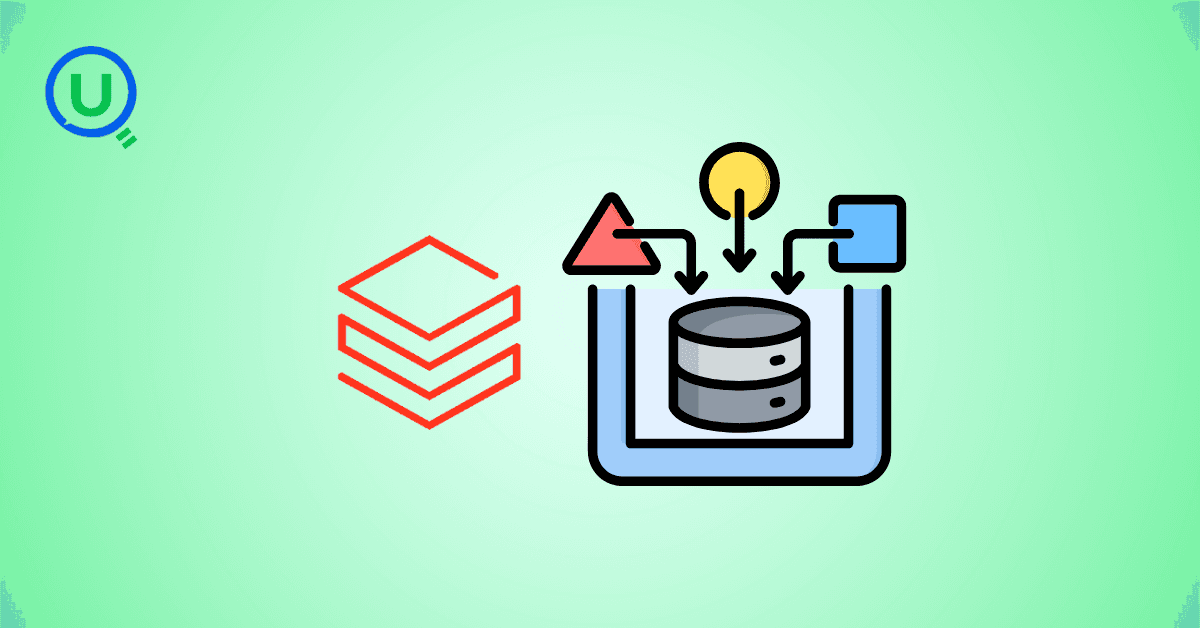
The AI industry has a security problem: data scientists aren't trained in security, ML engineers are working with black-box models, and security pros don't understand GenAI. Learn about the frameworks and tools bridging this gap—from Llama Guard to Databricks' safety features.
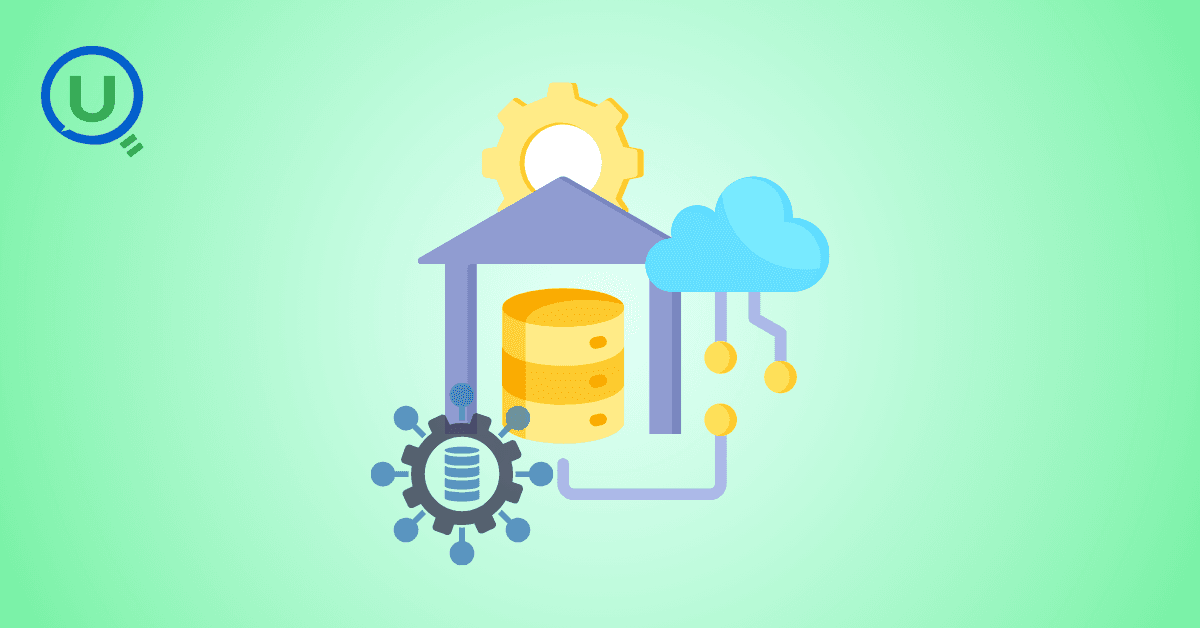
Why DELETE isn’t enough under GDPR, and how Time Travel can make sensitive data reappear unless VACUUM is used correctly.
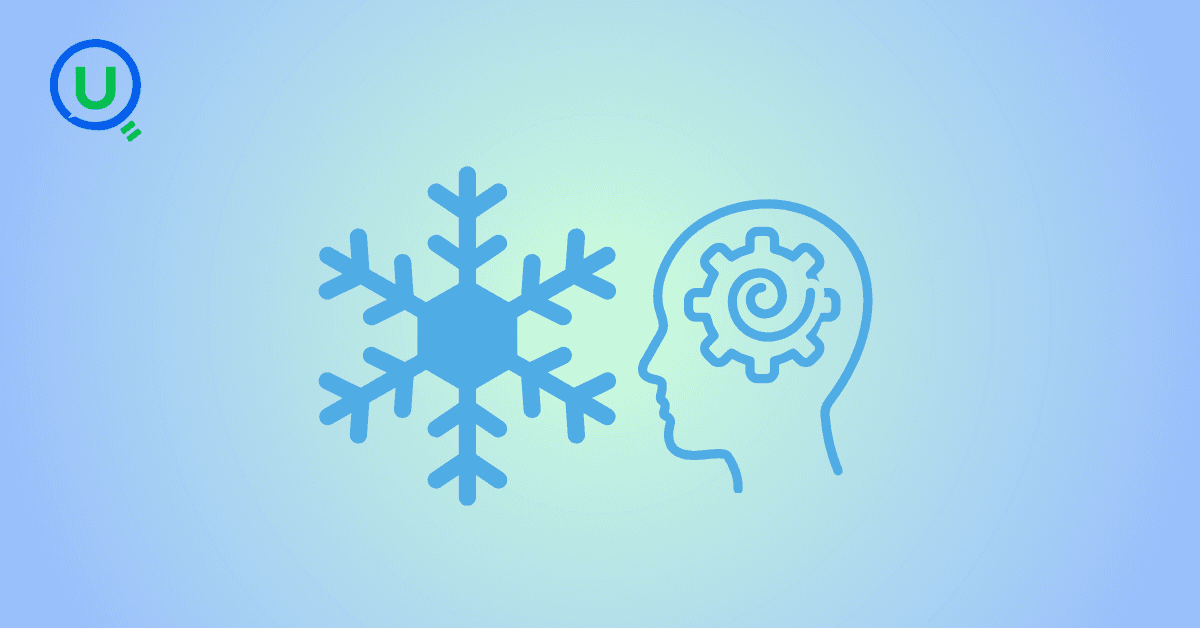
This blog shares my personal journey into Snowflake Gen AI, from early confusion to hands-on clarity. It offers practical study tips, common pitfalls, and guidance to help you prepare effectively and understand Snowflake’s evolving AI capabilities.

Started scrolling Instagram at 2 AM. Saw Cloudflare memes. Fell down a 4-hour research rabbit hole. Discovered that AND database = 'default' could have prevented the whole thing. My sleep schedule is ruined but at least I understand distributed systems now.

Discover the top 10 data pipeline tools every data engineer should know in 2025. From Airflow to Fivetran, learn how each tool powers modern data workflows, supports real-time analytics, and scales across cloud ecosystems.
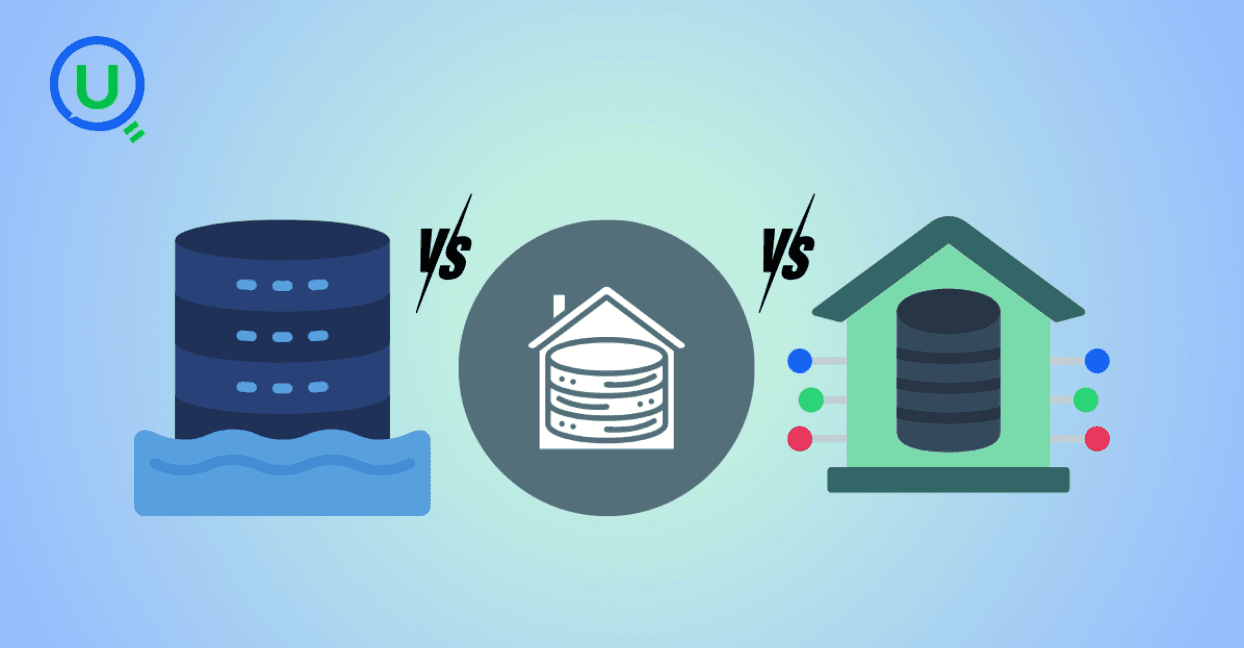
Confused between a data lake, data warehouse, and data mart? Discover key differences, real-world use cases, and when to use each architecture. Learn how to build a modern, layered data strategy for scalability, governance, and business insights.
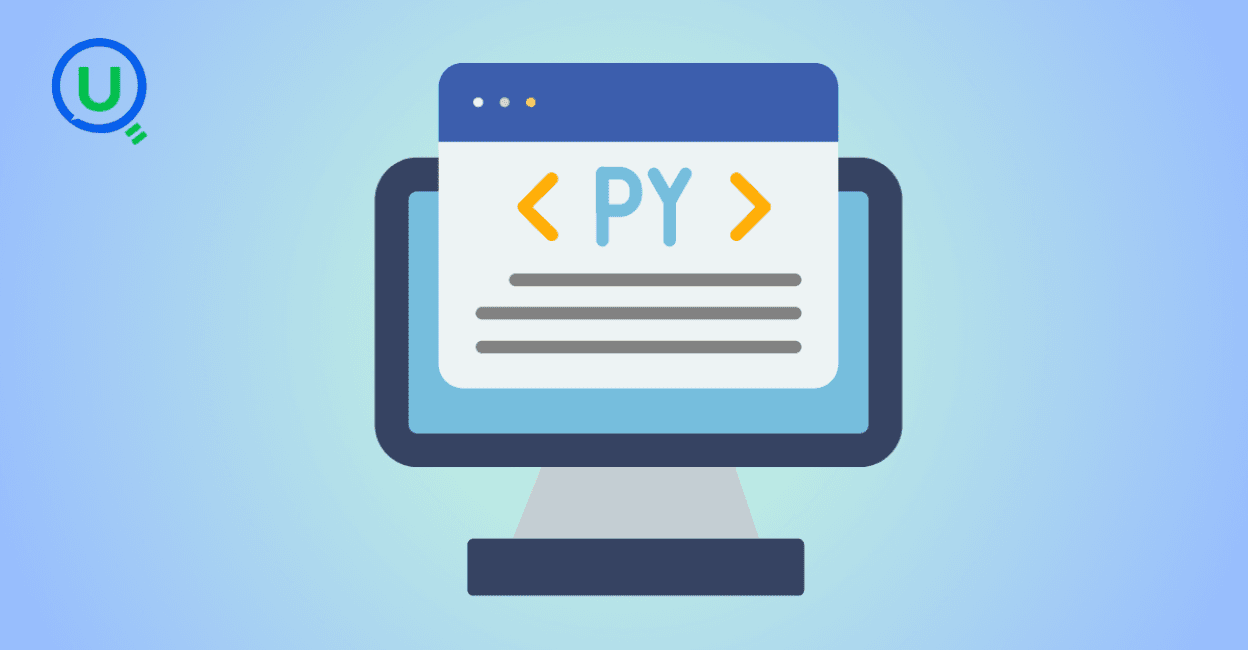
Explore what syntax means in the world of data and AI—from SQL and Python to JSON and APIs. Learn why syntax matters, common errors, real-world examples, and essential best practices for data engineers, analysts, and AI developers in 2025.
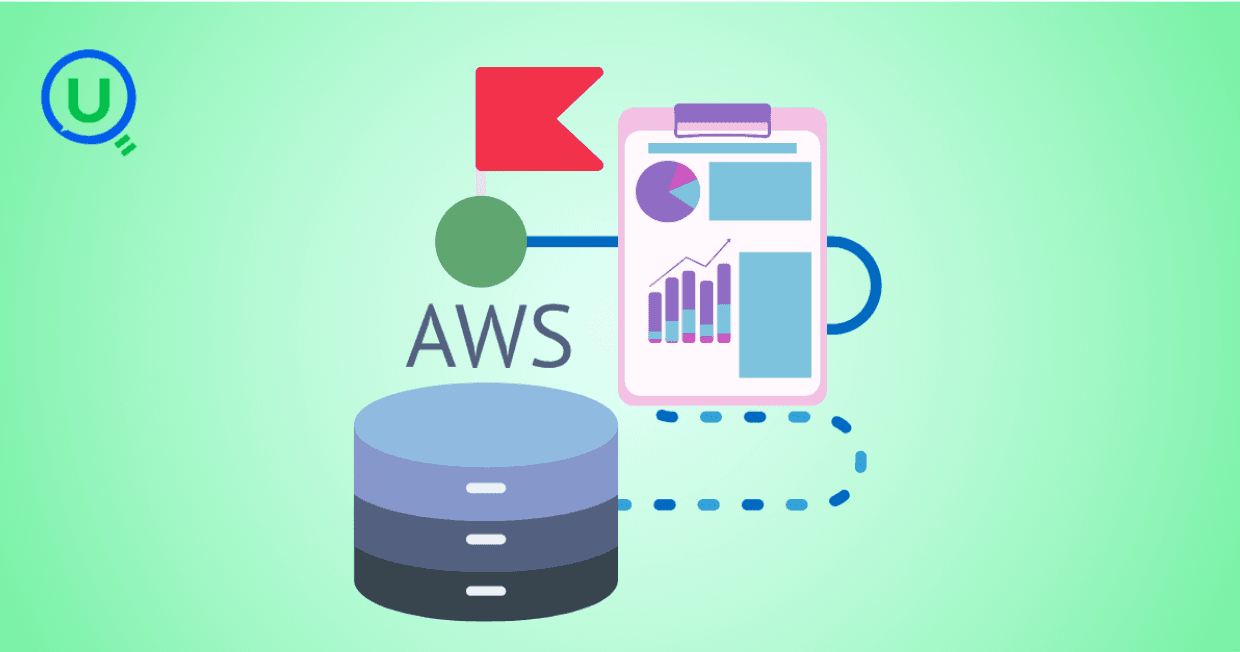
Discover how AWS Data Pipeline helps automate data movement and transformation across AWS services like S3, Redshift, and EMR. Learn its key features, benefits, limitations, and how it compares to modern tools like AWS Glue and MWAA.
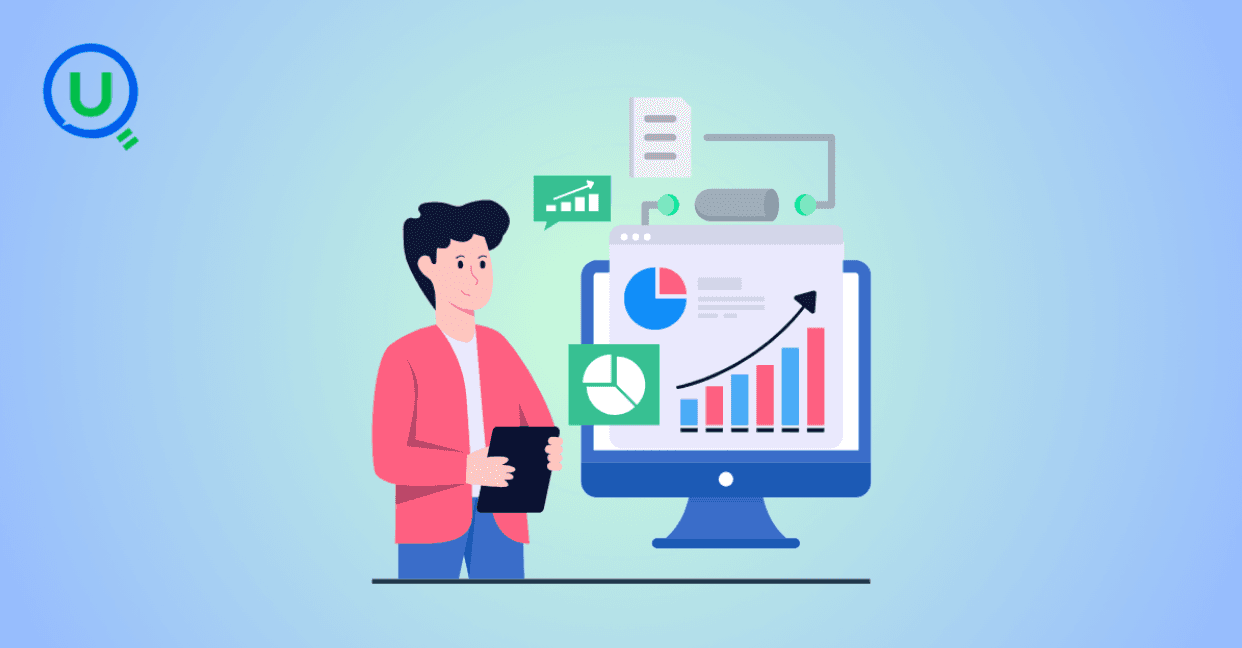
Learn how to build scalable and secure data pipeline architectures in 2024 with best practices, modern tools, and intelligent design. Explore key pillars like scalability, security, observability, and metadata tracking to create efficient and future-proof data workflows.
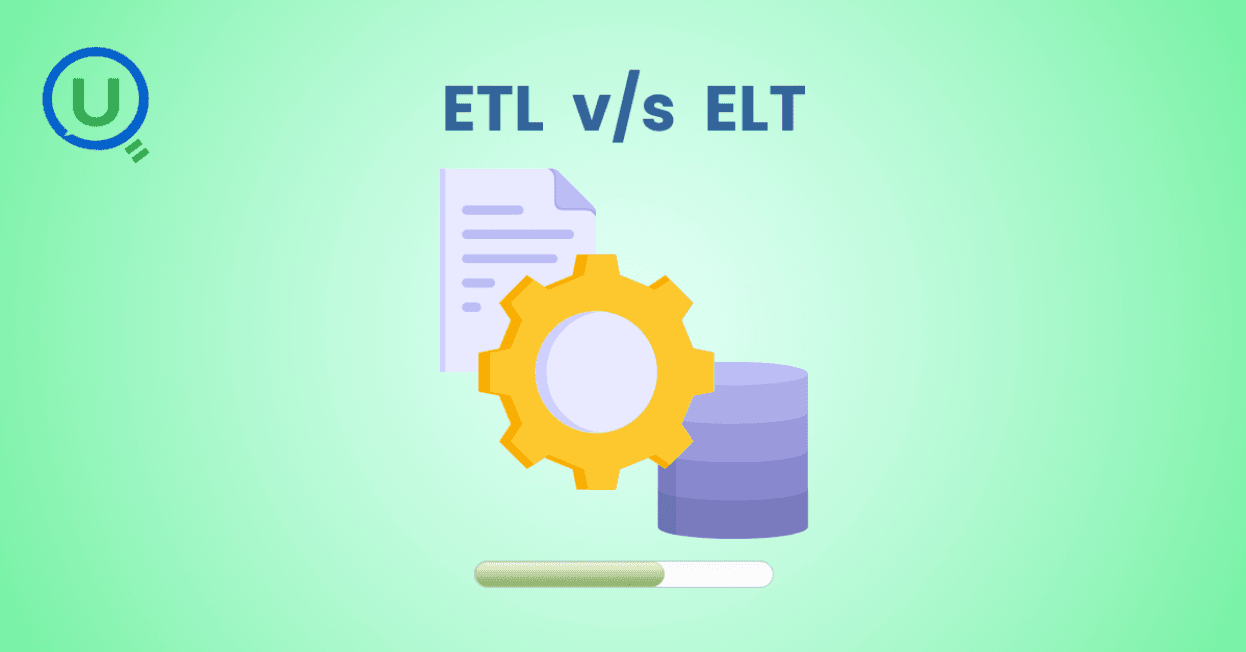
Explore the key differences between ETL and ELT data integration methods in this comprehensive guide. Learn when to choose each approach, their use cases, and how to implement them for efficient data pipelines, real-time analytics, and scalable solutions.
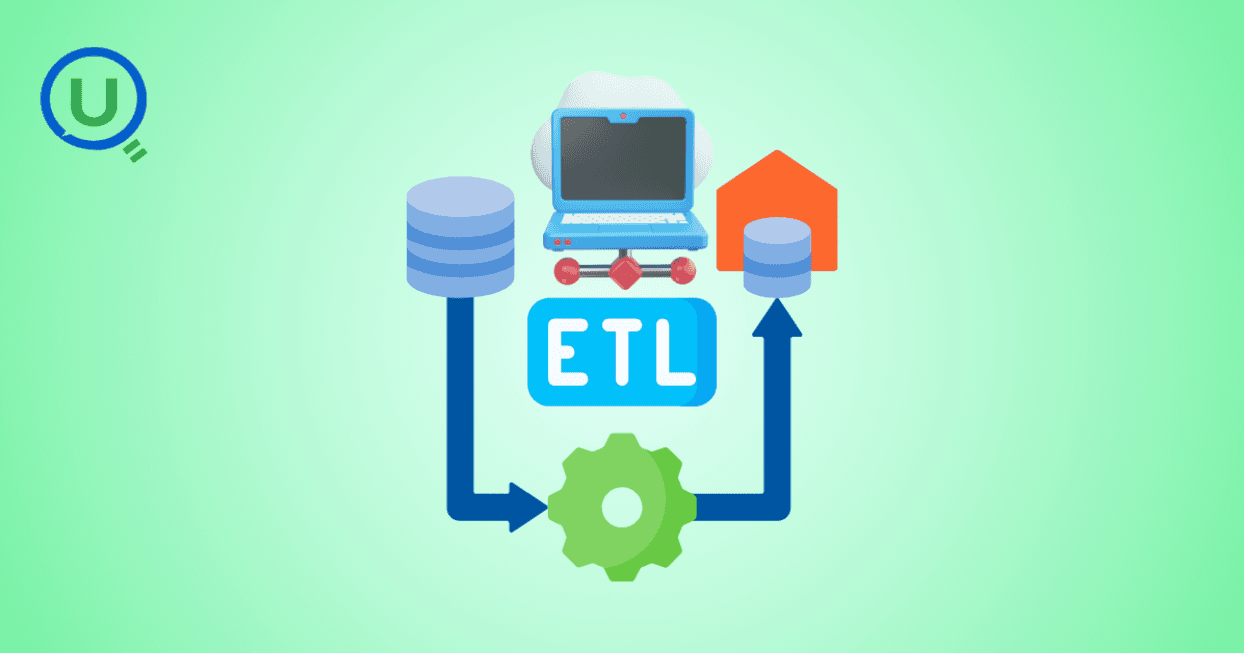
Learn the essential role of ETL (Extract, Transform, Load) in data engineering. Understand the three phases of ETL, its benefits, and how to implement effective ETL pipelines using modern tools and strategies for better decision-making, scalability, and data quality.
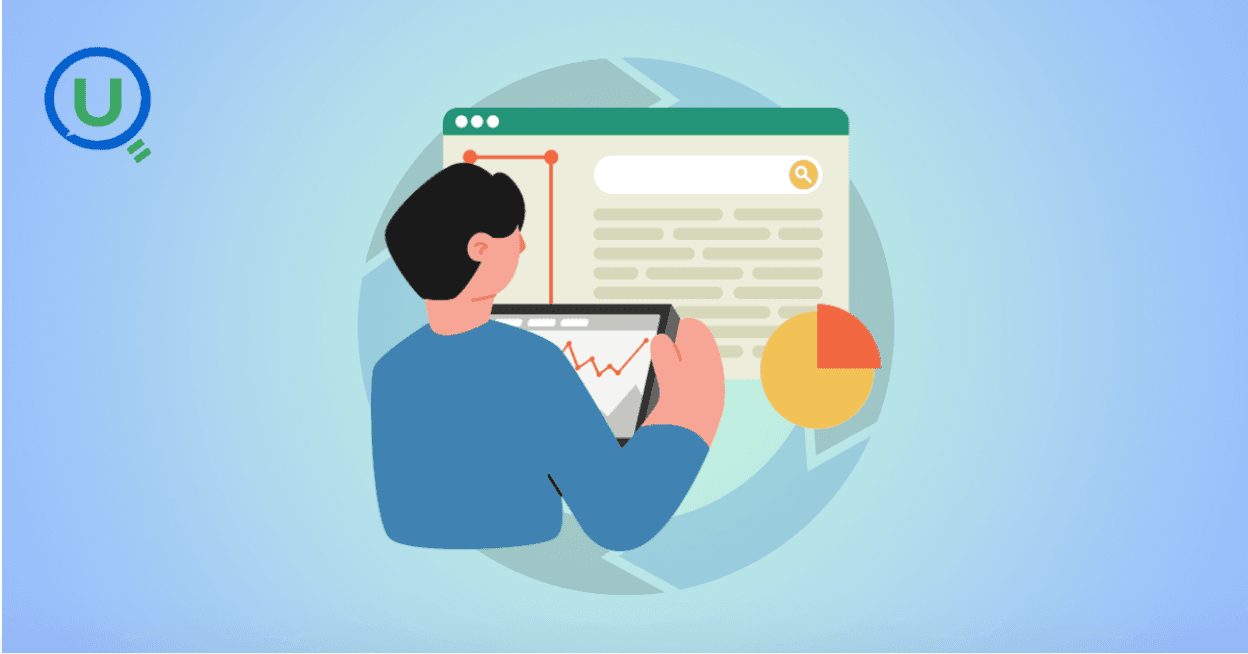
Discover why data orchestration and analysis are essential for modern data systems. Learn how automation tools streamline data workflows, boost insights, and scale with your business
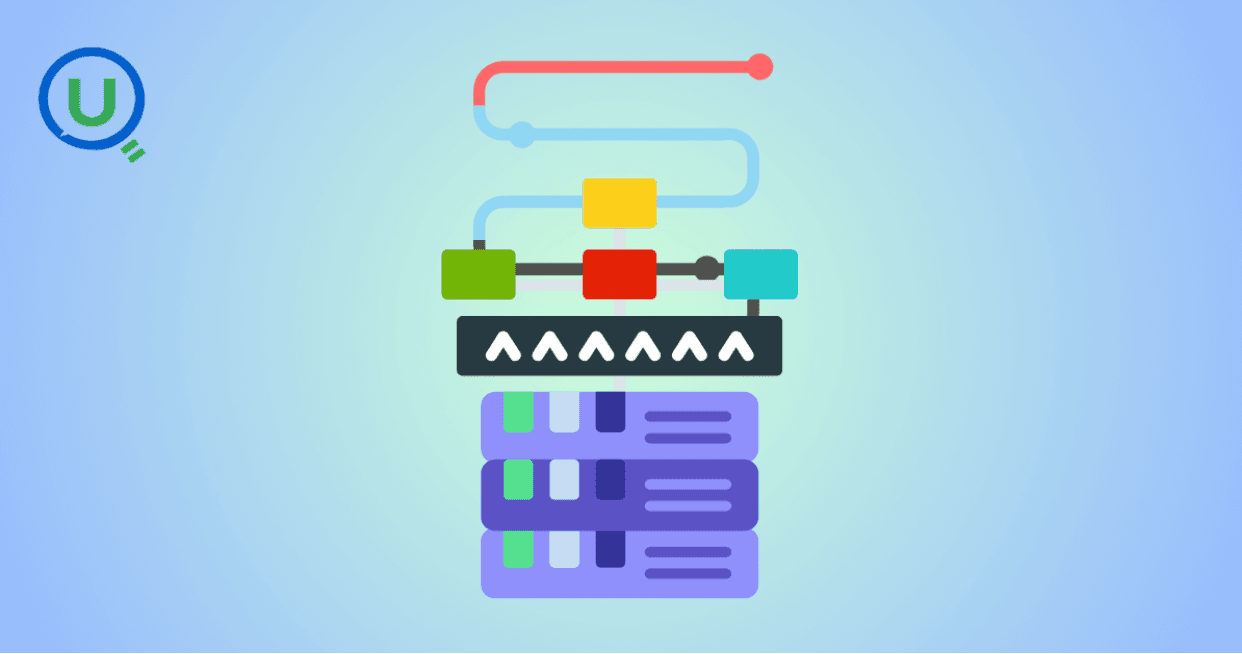
Learn what a data ingestion pipeline is, why it's vital for modern analytics, and how to design scalable, real-time pipelines to power your data systems effectively.
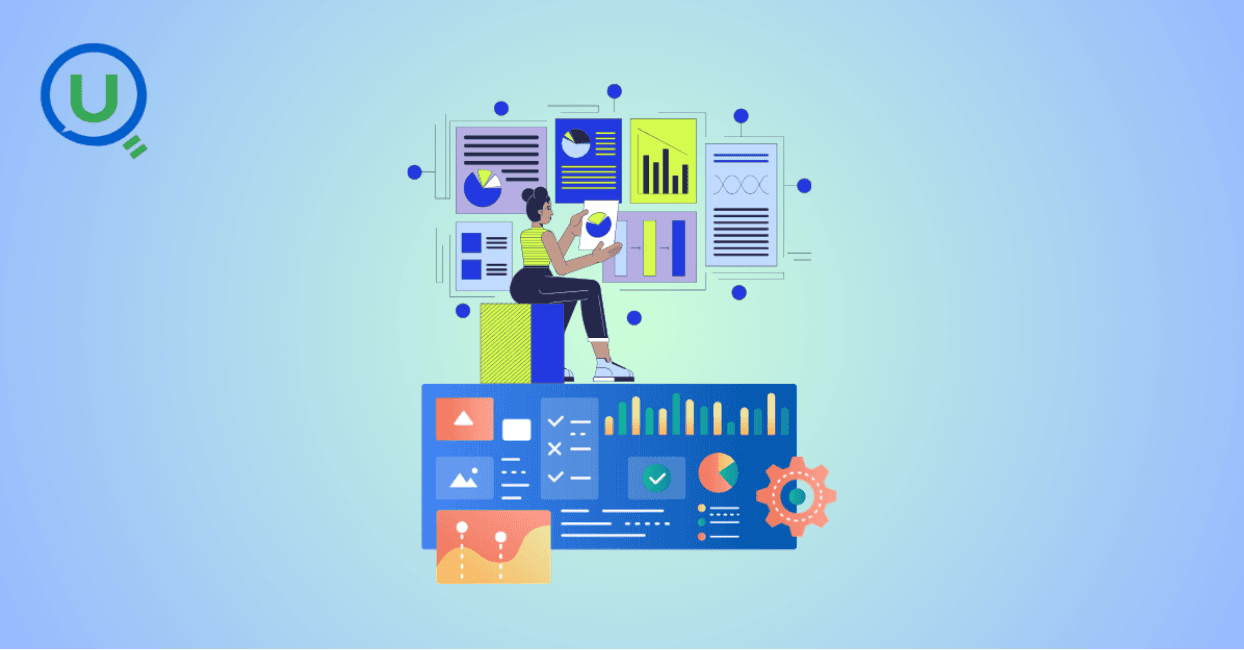
Discover the top 15 data warehouse tools for scalable data management in 2024. Learn how to choose the right platform for analytics, performance, and cost-efficiency.
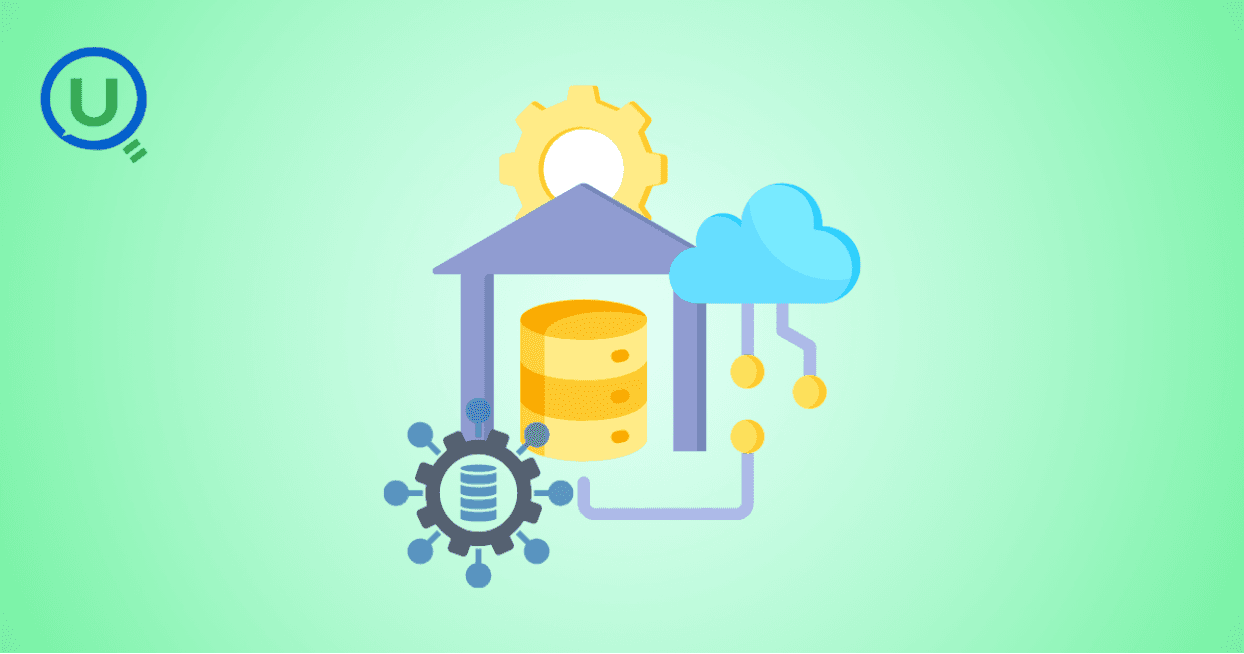
Confused between a data mart and a data warehouse? Learn the key differences, use cases, and how to choose the right data architecture for your business. Explore best practices, real-world examples, and expert insights from Enqurious.
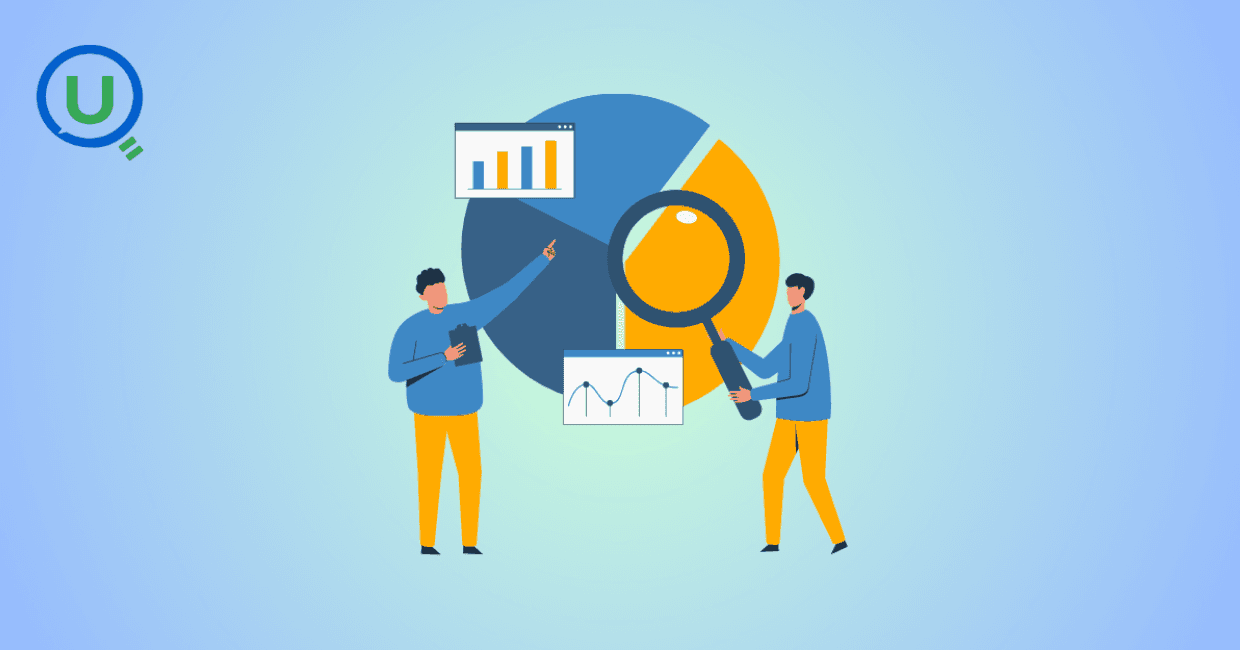
Discover the top 10 predictive analytics tools to know in 2025—from SAS and Google Vertex AI to RapidMiner and H2O.ai. Learn why predictive analytics is essential for modern businesses and how to choose the right tool for your data strategy.
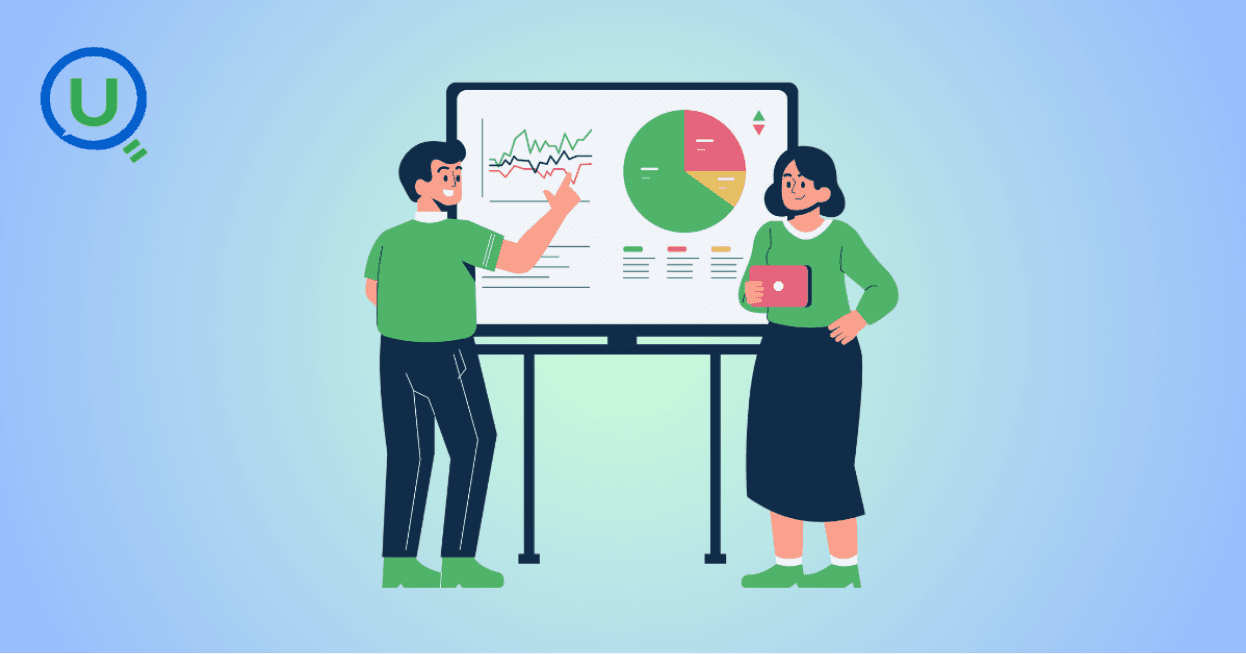
Explore the key differences between descriptive and predictive analytics, and learn how both can drive smarter decision-making. Discover how these analytics complement each other to enhance business strategies and improve outcomes in 2025 and beyond.
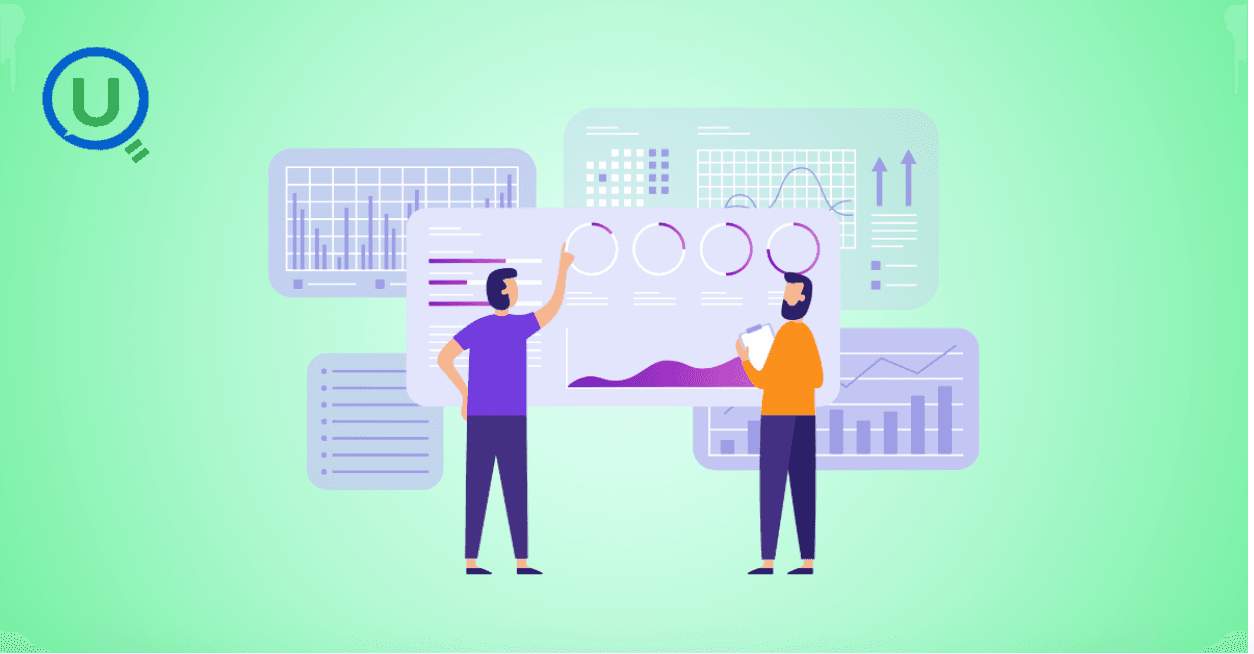
Explore the key differences between predictive and prescriptive analytics, and learn how both can drive smarter decisions, enhance agility, and improve business outcomes. Discover real-world applications and why mastering both analytics approaches is essential for success in 2025 and beyond.
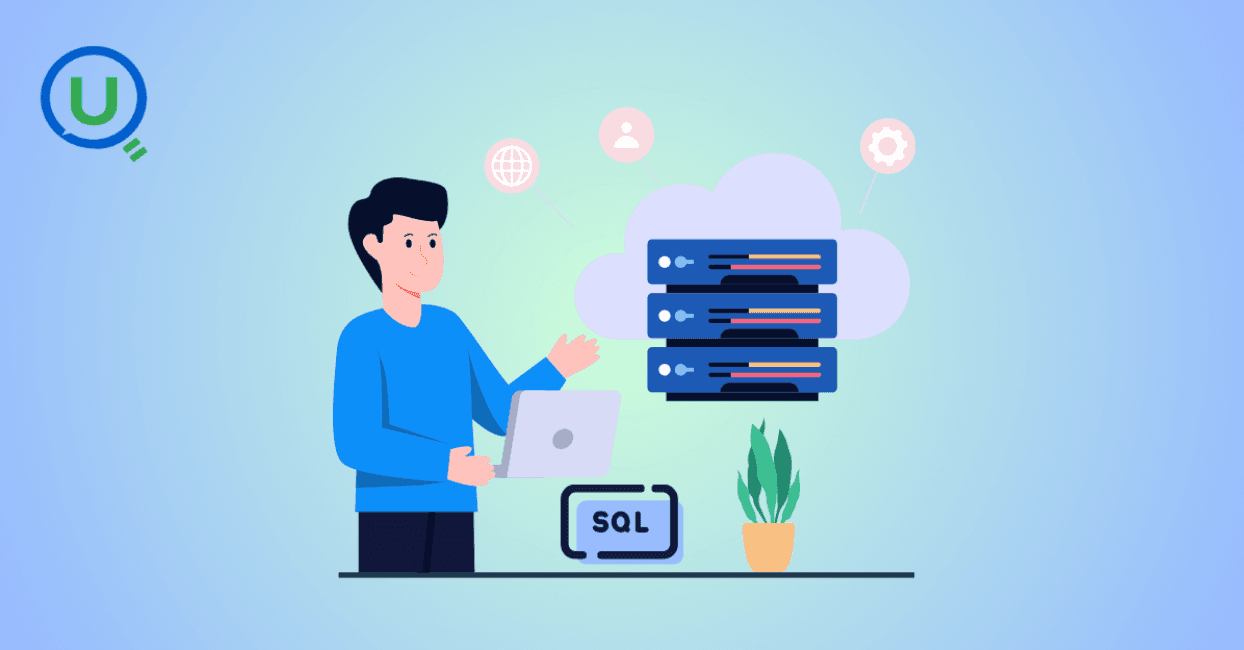
Compare PostgreSQL vs SQL Server in this comprehensive guide. Learn the key differences, strengths, and use cases to help you choose the right database for your business needs, from cost to performance and security.
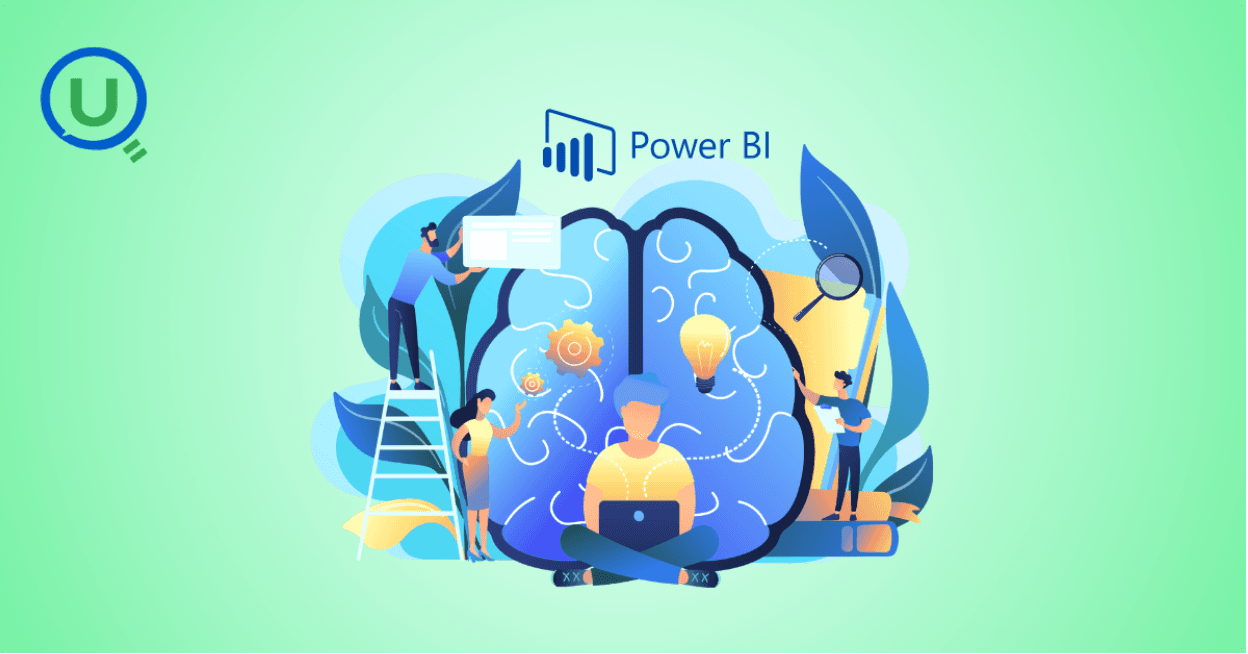
Learn what Power BI is and how it works in this beginner's guide. Discover its key features, components, benefits, and real-world applications, and how it empowers businesses to make data-driven decisions.
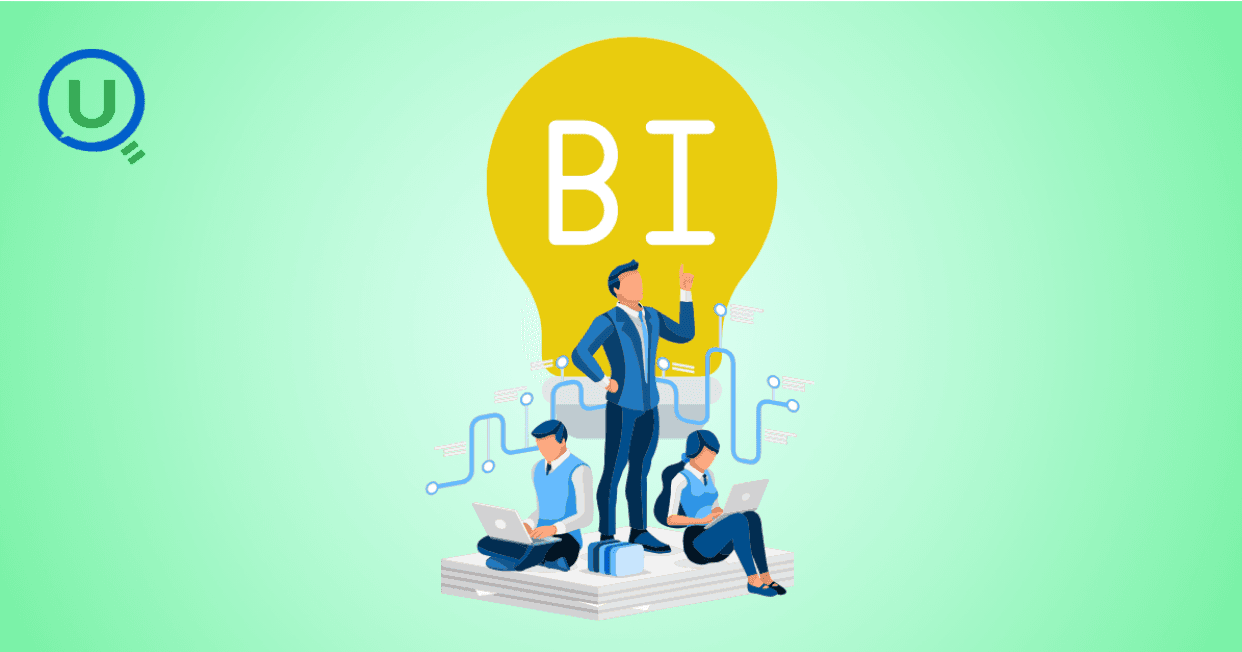
Explore what a Business Intelligence Engineer does—from building data pipelines to crafting dashboards. Learn key responsibilities, tools, and why this role is vital in a data-driven organization.
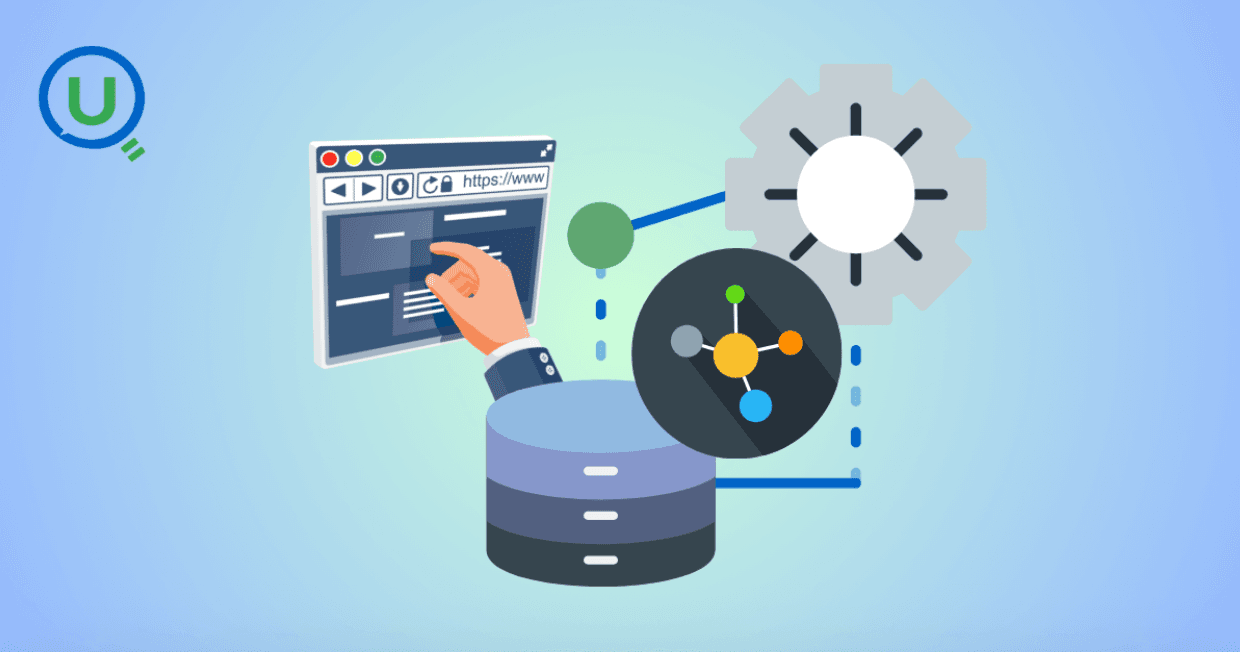
Discover why data lineage is essential in today’s complex data ecosystems. Learn how it boosts trust, compliance, and decision-making — and how Enqurious helps you trace, govern, and optimize your data journeys.
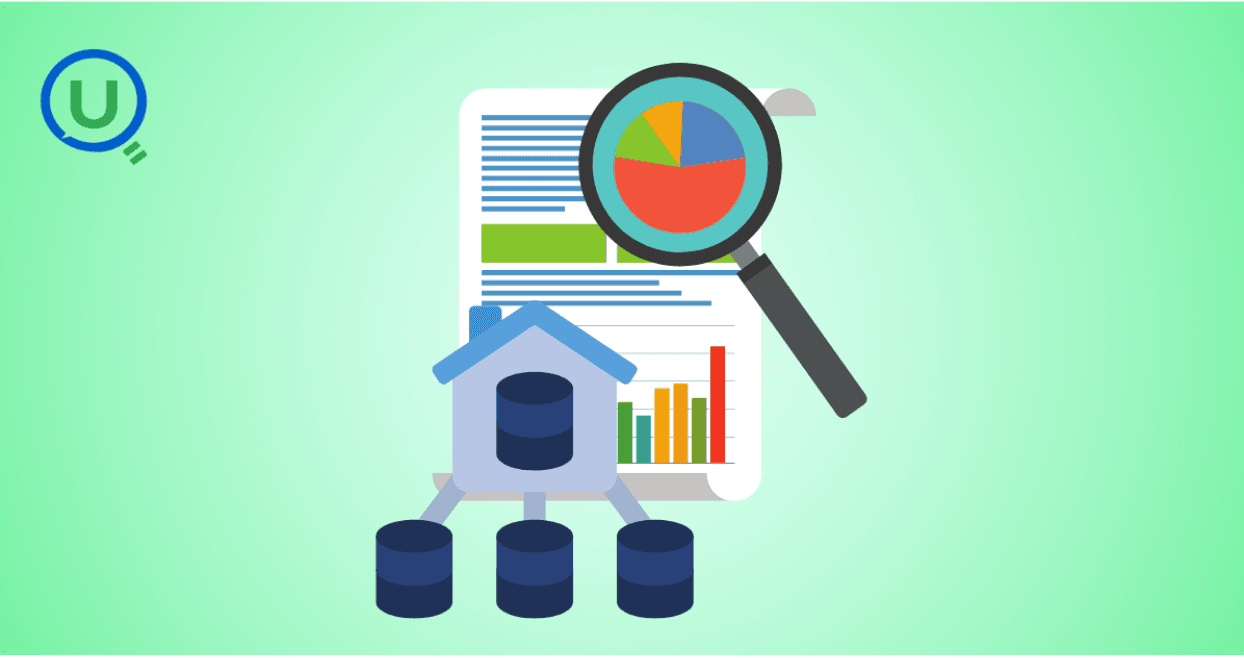
Learn what a data mart is, its types, and key benefits. Discover how data marts empower departments with faster, targeted data access for improved decision-making, and how they differ from data warehouses and data lakes.

Master data strategy: Understand data mart vs data warehouse key differences, benefits, and use cases in business intelligence. Enqurious boosts your Data+AI team's potential with data-driven upskilling.
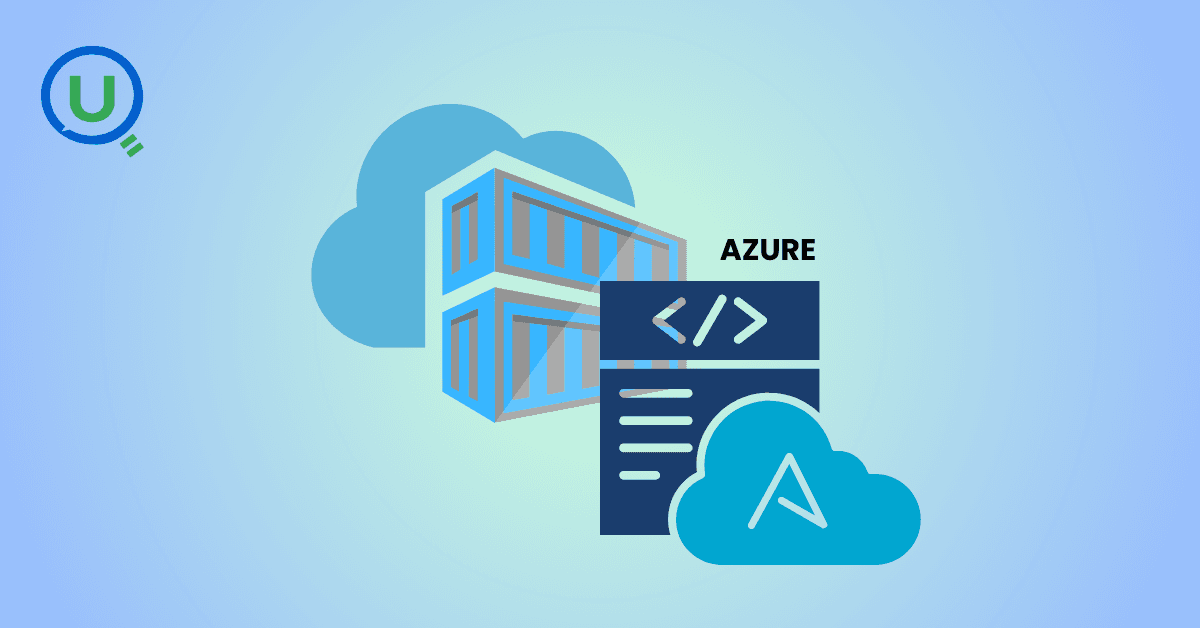
Learn what Azure Data Factory (ADF) is, how it works, and why it’s essential for modern data integration, AI, and analytics. This complete guide covers ADF’s features, real-world use cases, and how it empowers businesses to streamline data pipelines. Start your journey with Azure Data Factory today!
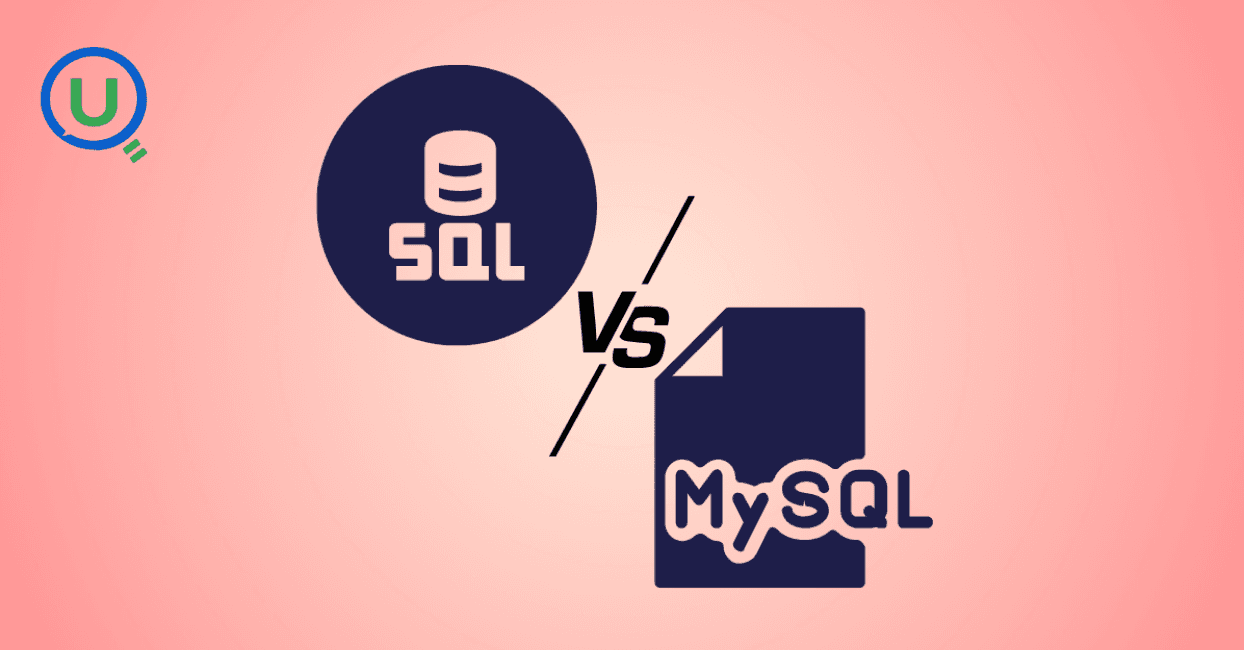
Discover the key differences between SQL and MySQL in this comprehensive guide. Learn about their purpose, usage, compatibility, and how they work together to manage data. Start your journey with SQL and MySQL today with expert-led guidance from Enqurious!
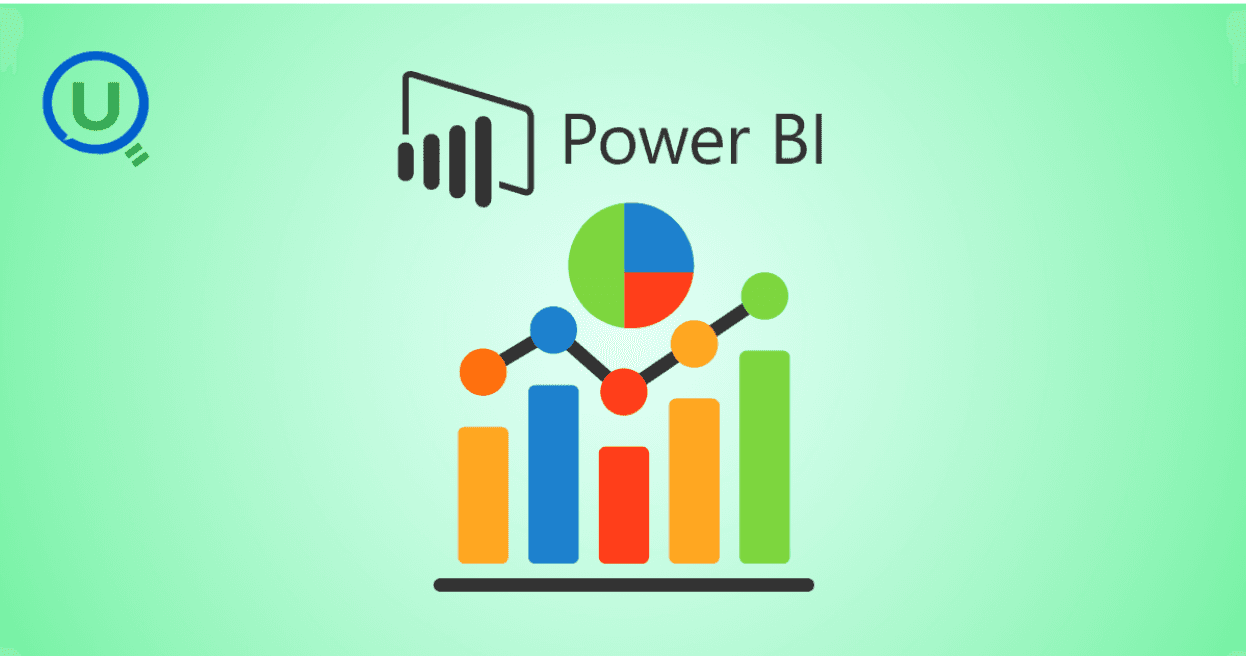
Learn Power BI from scratch in 2025 with this step-by-step guide. Explore resources, tips, and common mistakes to avoid as you master data visualization, DAX, and dashboard creation. Start your learning journey today with Enqurious and gain hands-on training from experts!
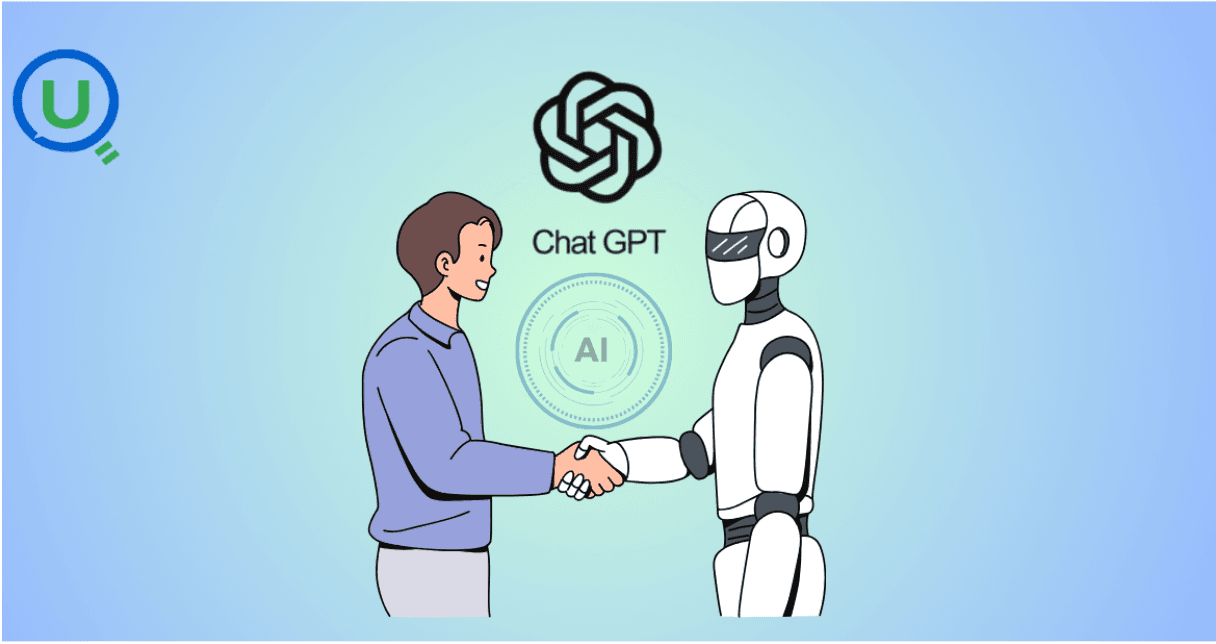
AI tools like ChatGPT are transforming clinical data management by automating data entry, enabling natural language queries, detecting errors, and simplifying regulatory compliance. Learn how AI is enhancing efficiency, accuracy, and security in healthcare data handling.
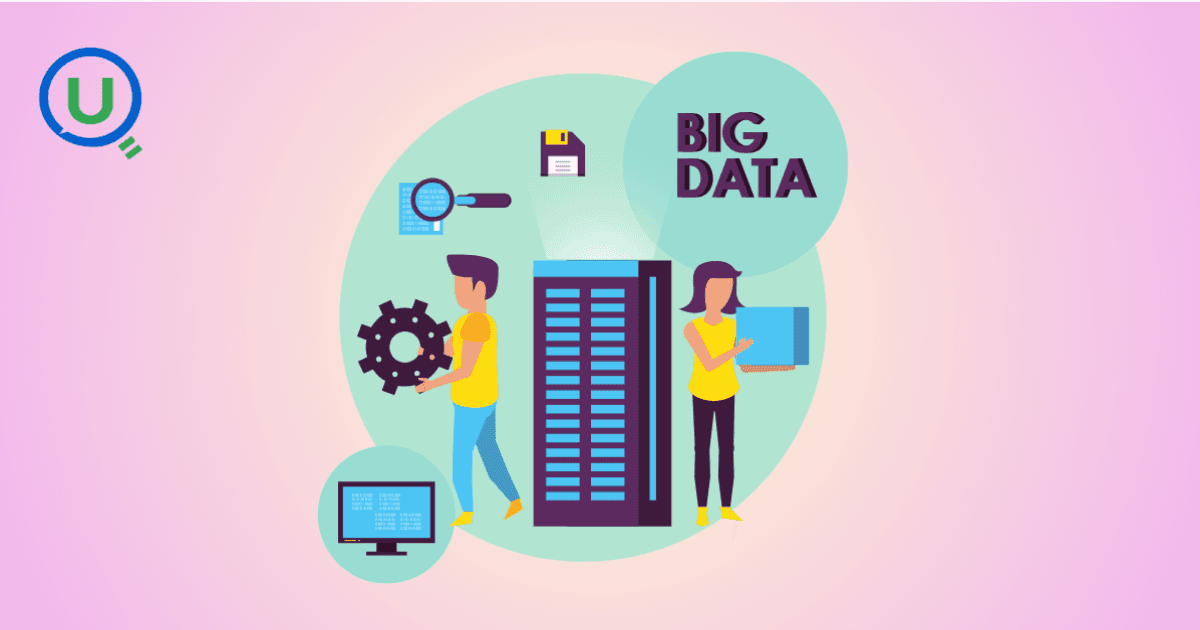
Big Data refers to large, complex data sets generated at high speed from various sources. It plays a crucial role in business, healthcare, finance, education, and more, enabling better decision-making, predictive analytics, and innovation.
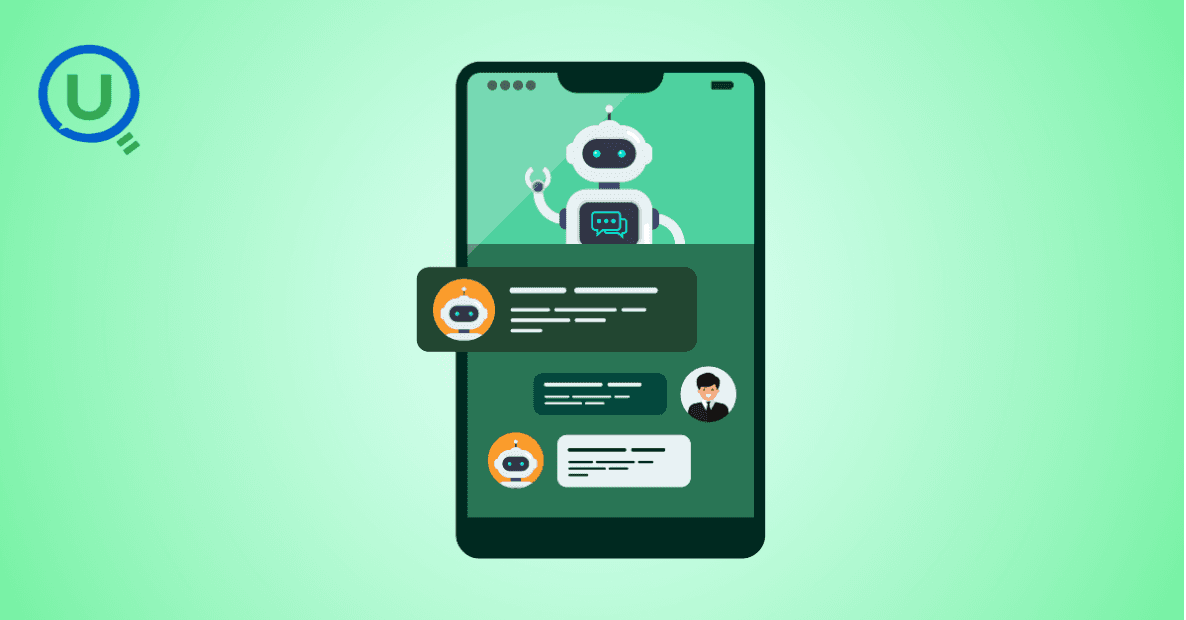
Discover the power of prompt engineering and how it enhances AI interactions. Learn the key principles, real-world use cases, and best practices for crafting effective prompts to get accurate, creative, and tailored results from AI tools like ChatGPT, Google Gemini, and Claude.

Learn what a Logical Data Model (LDM) is, its key components, and why it’s essential for effective database design. Explore how an LDM helps businesses align data needs with IT implementation, reducing errors and improving scalability.
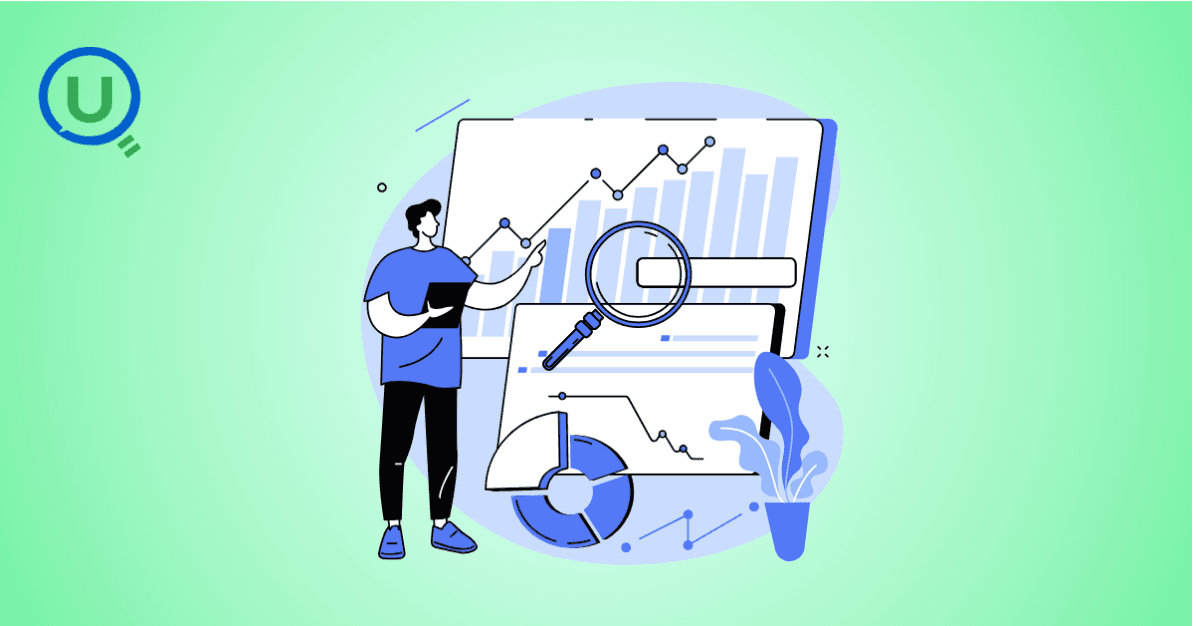
Discover the power of a Canonical Data Model (CDM) for businesses facing complex data integration challenges. Learn how CDM simplifies communication between systems, improves data consistency, reduces development costs, and enhances scalability for better decision-making.
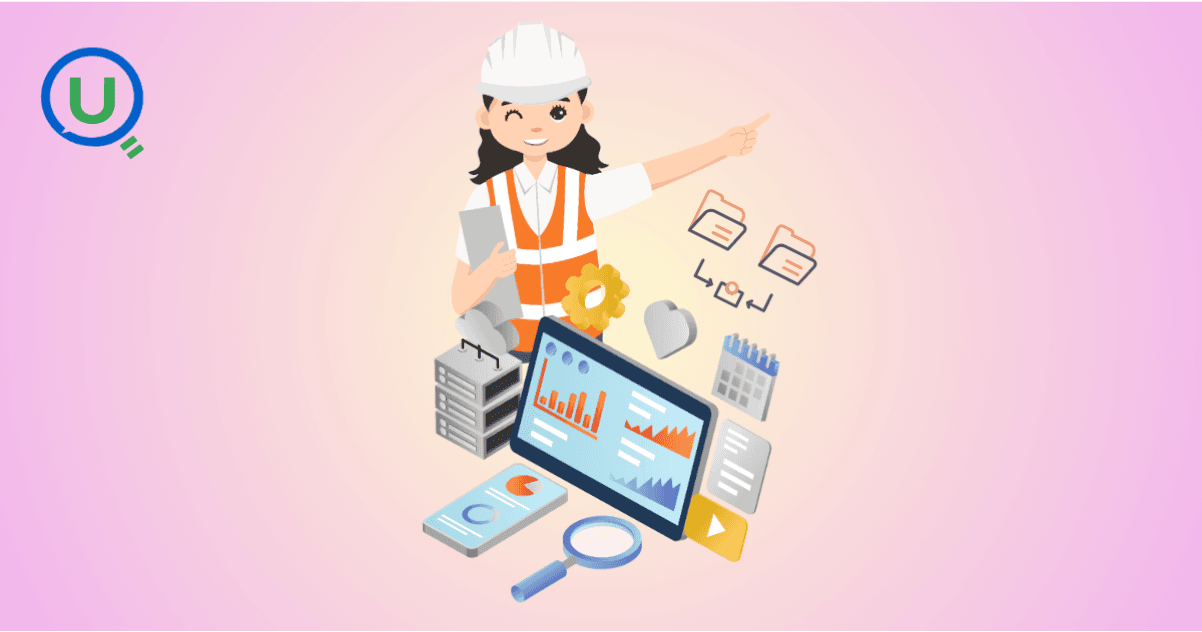
Discover the 10 essential benefits of Engineering Data Management (EDM) and how it helps businesses streamline workflows, improve collaboration, ensure security, and make smarter decisions with technical data.

Explore how vibe coding is transforming programming by blending creativity, collaboration, and technology to create a more enjoyable, productive, and human-centered coding experience.

Learn how Azure Databricks empowers data engineers to build optimized, scalable, and reliable data pipelines with features like Delta Lake, auto-scaling, automation, and seamless collaboration.

Explore the top 10 data science trends to watch out for in 2025. From generative AI to automated machine learning, discover how these advancements are shaping the future of data science and transforming industries worldwide.

Discover the key differences between data scientists and data engineers, their roles, responsibilities, and tools. Learn how Enqurious helps you build skills in both fields with hands-on, industry-relevant learning.

Discover the 9 essential steps to effective engineering data management. Learn how to streamline workflows, improve collaboration, and ensure data integrity across engineering teams.
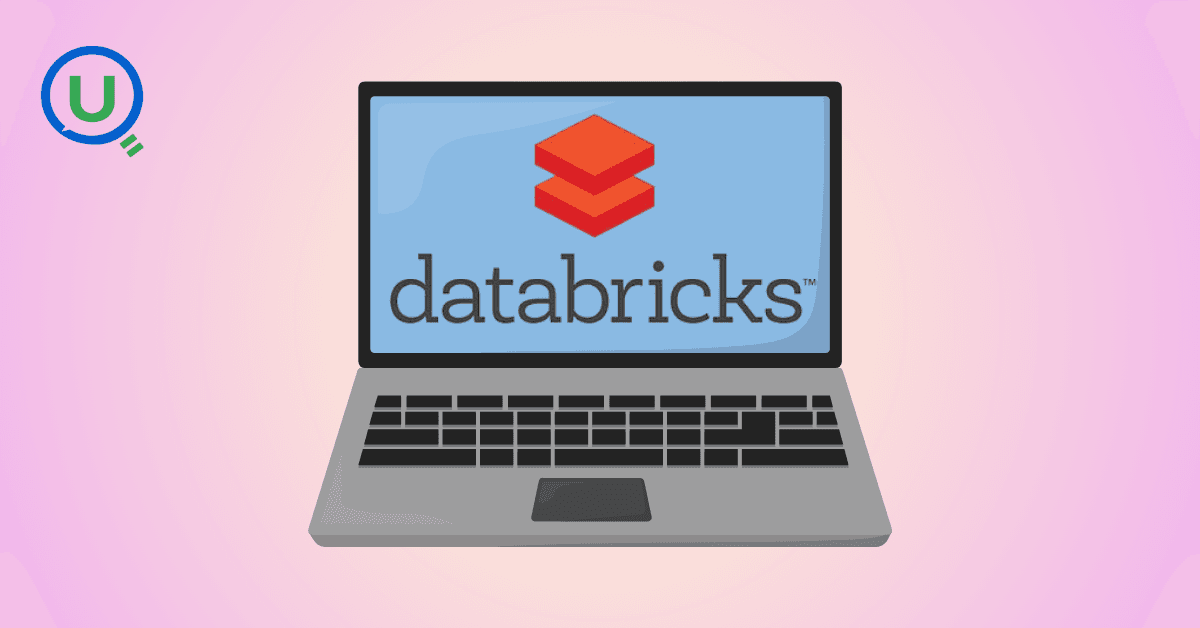
Azure Databricks is a cloud-based data analytics platform that combines the power of Apache Spark with the scalability, security, and ease of use offered by Microsoft Azure. It provides a unified workspace where data engineers, data scientists, analysts, and business users can collaborate.

In today's data-driven world, knowing how to make sense of information is a crucial skill. We’re surrounded by test scores, app usage stats, survey responses, and sales figures — and all this raw data on its own isn’t helpful.

In this blog, we will discuss some of the fundamental differences between AI inference vs. training—one that is, by design, artificially intelligent.

This guide provides a clear, actionable roadmap to help you avoid common pitfalls and successfully earn your SnowPro Core Certification, whether you’re making a career pivot or leveling up in your current role.

Discover how Databricks and Snowflake together empower businesses by uniting big data, AI, and analytics excellence

How do major retailers like Walmart handle thousands of customer queries in real time without breaking a sweat? From answering questions instantly to providing personalized shopping recommendations, conversational AI reshapes how retailers interact with their customers.